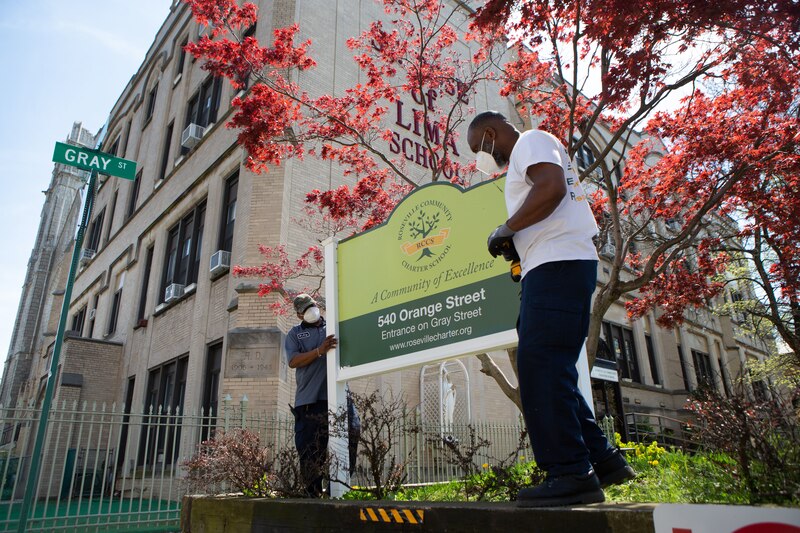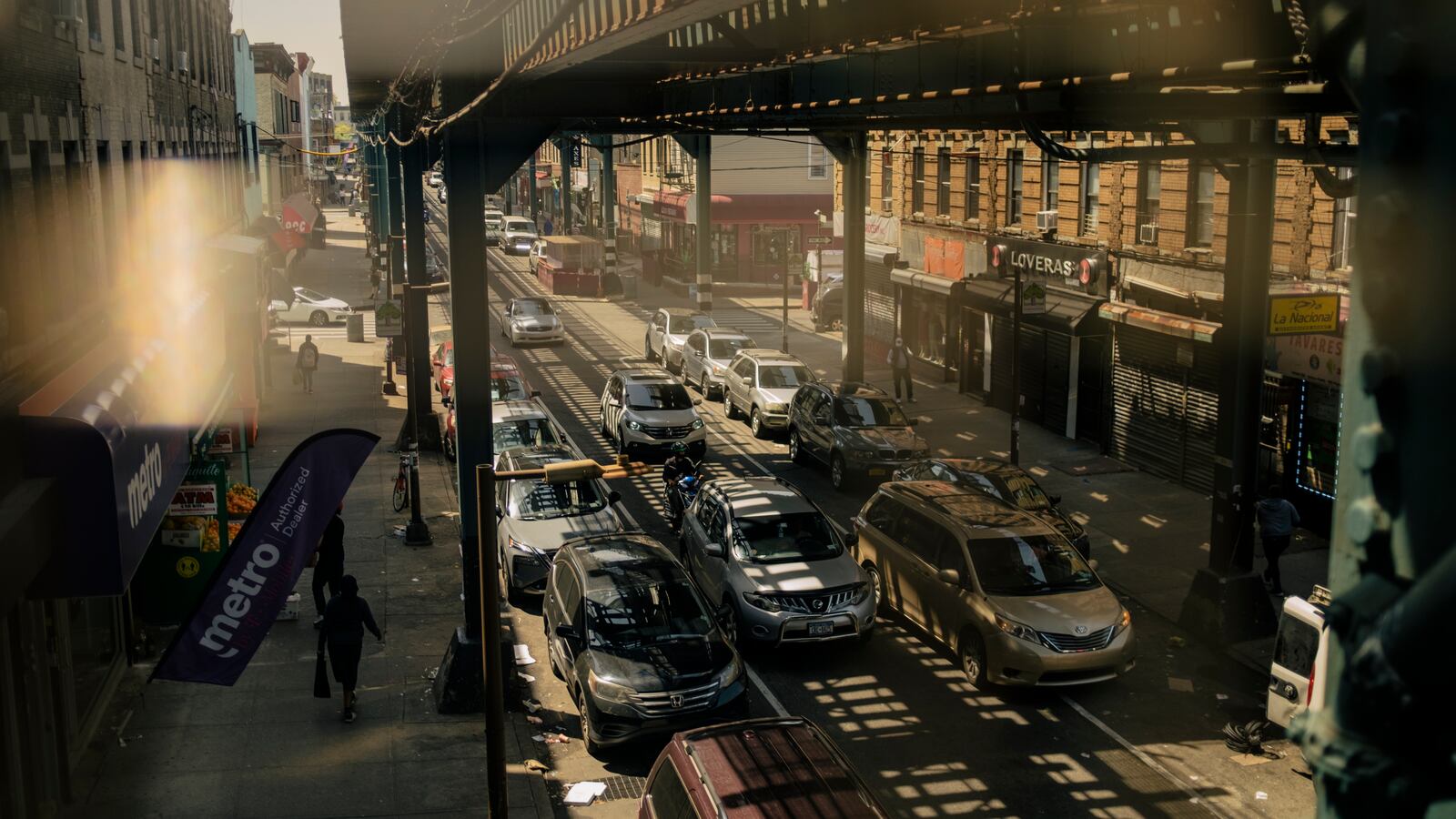Anxiety. Depression. Cabin fever. Isolation.
These words appeared over and over when we asked our readers in New York City and Newark earlier this year to tell us how the pandemic impacted their school communities.
We heard from 275 parents, students, and teachers — and the responses were jarring. Relatives had died of COVID, and jobs were lost. Teachers felt drained. Some children were adrift in school and at home.
“It has been devastating physically and emotionally,” said one Brooklyn parent who is also a teacher, echoing dozens of others impacted by school building closures and remote learning.
“Several of my family members have lost their jobs and had to move into homeless shelters...many of my friends have had an increase in depression, anxiety, and this growing fear of being isolated,” said a 10th grade student in Newark, speaking to the pandemic’s financial toll and the emotional strain felt by so many.
These sobering responses have helped to guide the work found in our end-of-year series “Pandemic 360: A comprehensive look at COVID’s impact on school communities” that Chalkbeat is undertaking in New York and Newark in partnership with Univision 41.
Through reported pieces and First Person accounts, we will explore how COVID-19 impacted the lives of students, parents, and teachers inside and outside of classrooms at one school in each city.
Starting today, we will introduce you to Brooklyn’s P.S. 89, a dual language school (English-Spanish) with about 470 students from 3-K through eighth grade. Nearly all of the school’s students are Latino, and most are from low-income families. Started by a group of parents and the Cypress Hills Local Development Corporation, which provides social service help as well as an afterschool program, the school’s mission has involved helping families beyond the school walls. Loss of life and economic instability has been widespread in Cypress Hills, one of New York City’s neighborhoods hardest hit by COVID-19 in terms of health and socioeconomic disparities, according to city data. When schools closed down last year, staff and parents jumped into action to support each other. As the threat of the pandemic recedes, the community is continuing to support each other — and look to the year ahead.

Later this month, we will meet the community at Newark’s Roseville Community Charter School. Like people throughout Newark, many families at Roseville have been directly affected by the pandemic. About half of the school’s approximately 400 students are Black, half are Hispanic, and roughly 20% are English language learners, populations disproportionately affected by coronavirus. We were with teachers and students when the school reopened in April after more than a year and have revisited them several times since.
Our stories will reflect on this extraordinary period of time, the loss that has been left in its wake, and the challenges families have faced. But as we approach the end of this school year, we will also look ahead at what recovery means, both in terms of learning loss and academics and for the community at large. How will students adapt after being home so long? And what will next school year look like?
We need to continue to listen to our readers to answer these questions and tell true stories. Have a story idea to share? A question we should be asking? Drop us a note at community@chalkbeat.org.


